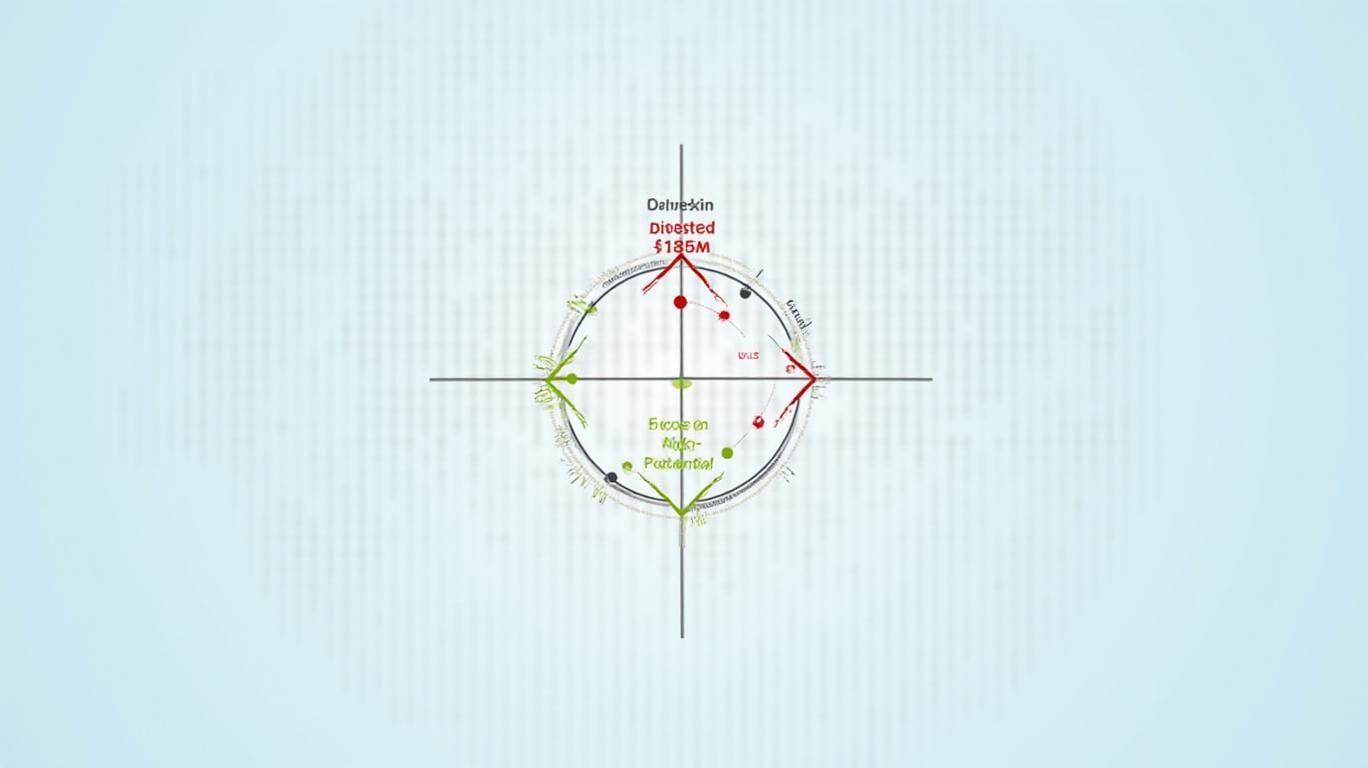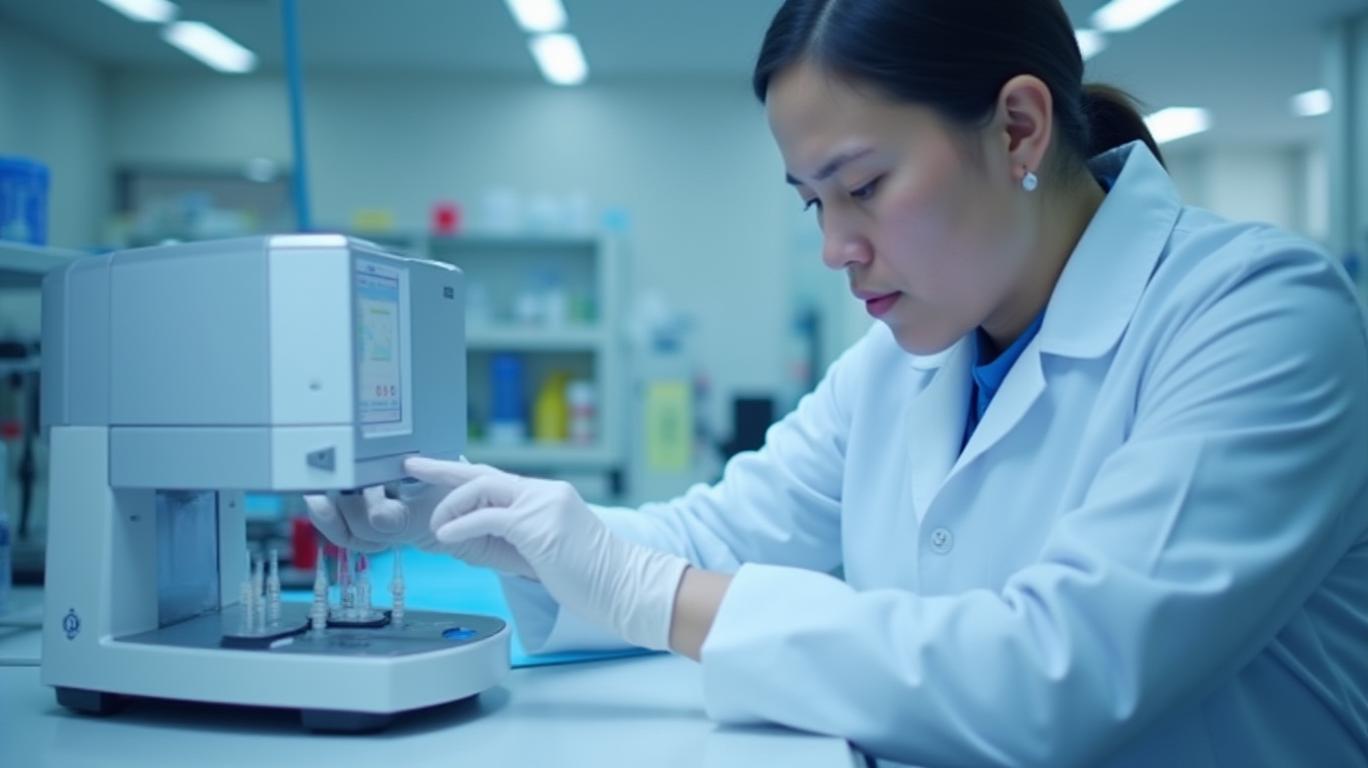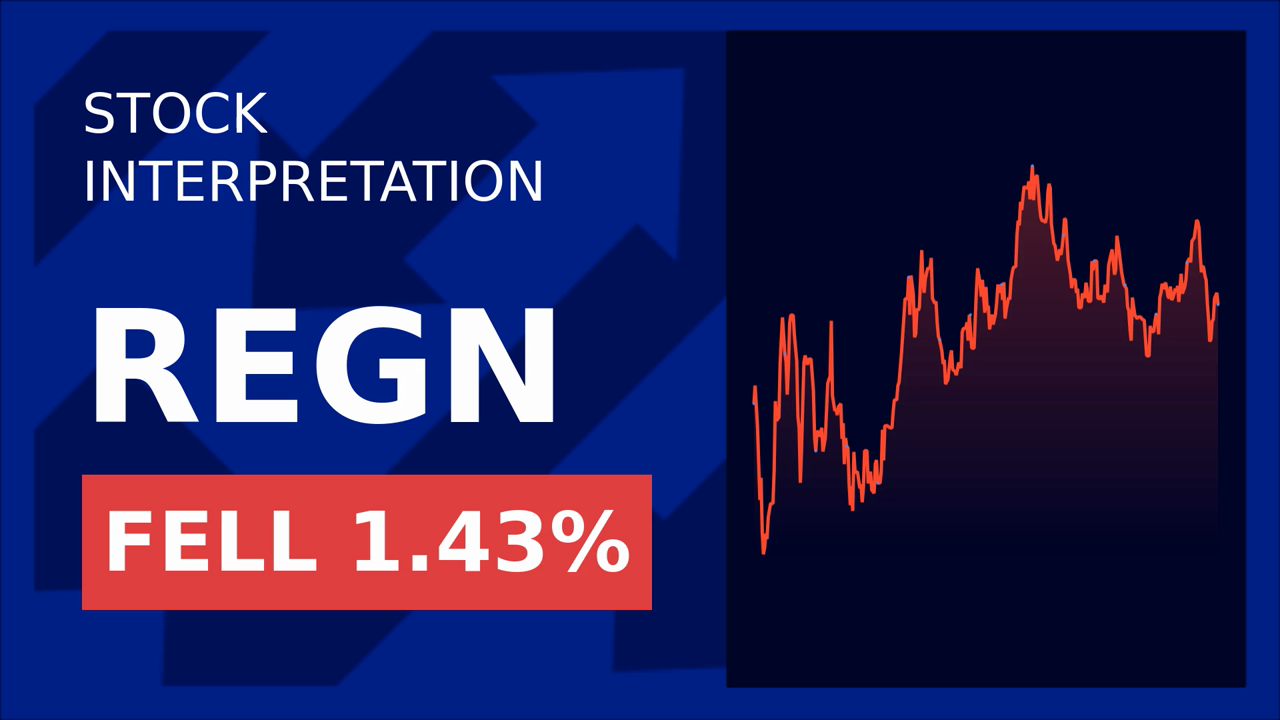FibroGen’s Bold Pivot: Can Oncology’s Next Breakthrough Justify the Buy?
FibroGen, Inc. (NASDAQ: FGEN) stands at a crossroads. After years of financial turbulence, the biotech firm has executed a strategic reallocation of resources that could redefine its trajectory—or amplify its risks. By divesting its Chinese operations to AstraZeneca for $185 million, FibroGen has extended its cash runway to 2027, freeing capital to accelerate its oncology pipeline. The question for investors is clear: Does this pivot balance liquidity optimization with high-impact R&D investment, or is it a desperate gamble?
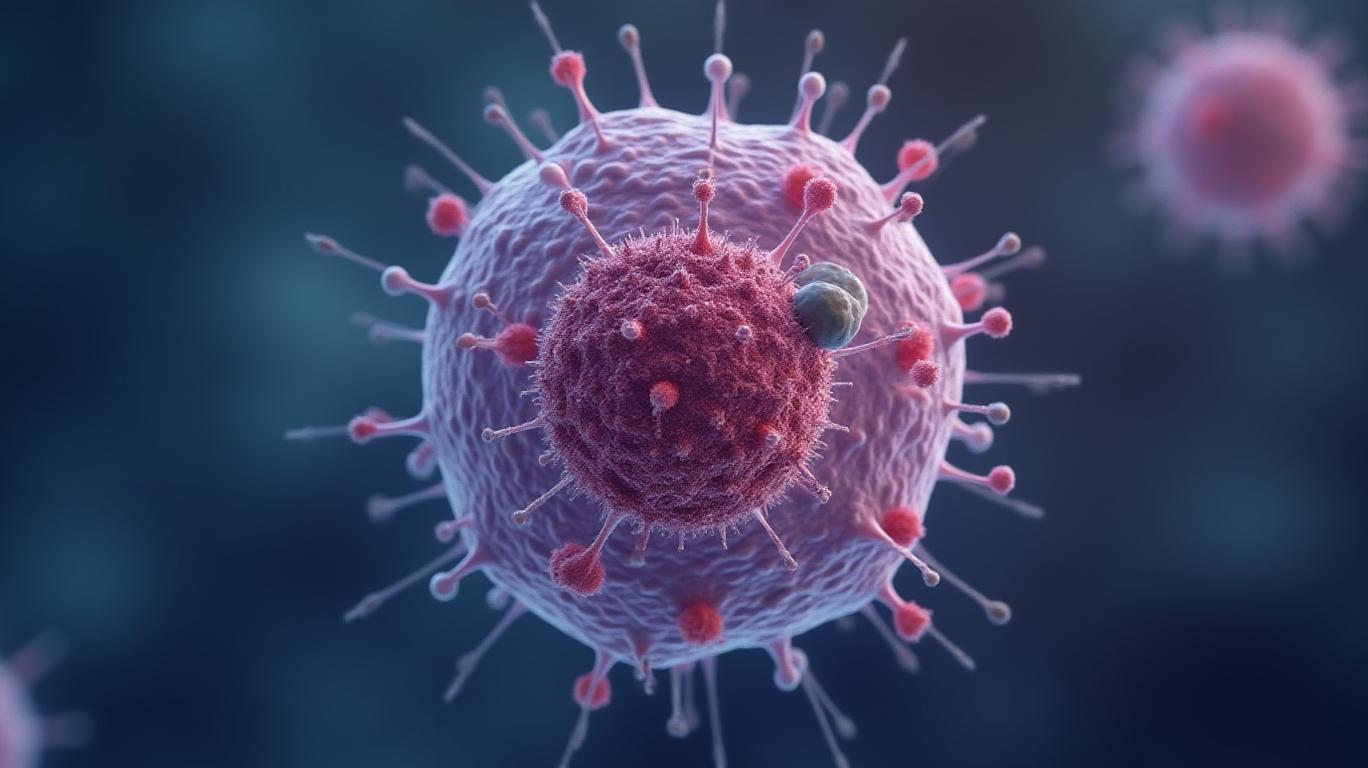
The Financial Turnaround: Cash, Costs, and Clinical Momentum
The $185 million China divestiture—a $25 million upgrade from initial guidance—provides FibroGen with a critical lifeline. The transaction, expected to close in Q3 2025, delivers $100 million in net cash and allows the company to repay its $73.4 million Morgan Stanley term loan, simplifying its capital structure. Combined with existing cash reserves ($128.4 million as of March 2025), this positions FibroGen to fund operations through late 2027, a stark contrast to its previous liquidity warnings.
Ask Aime: Is FibroGen's strategic pivot to focus on oncology and reduce debt wise or overly ambitious?
The move reflects a ruthless focus on cost discipline:
- R&D spending fell 75% year-over-year to $9.2 million, redirecting resources to late-stage oncology programs.
- Net losses narrowed to $16.8 million in Q1 2025, down from $49 million in 2024, signaling operational efficiency.
This financial reset is not about survival—it’s about strategic prioritization. FibroGen is doubling down on its prostate cancer drug FG-3246, a first-in-class CD46-targeting antibody-drug conjugate (ADC), while sidelining non-core assets like its China-based anemia franchise.
The Oncology Play: FG-3246’s Potential to Deliver Breakthrough Returns
FG-3246 targets metastatic castration-resistant prostate cancer (mCRPC), a deadly indication with limited treatment options. The ADC’s mechanism—hijacking the CD46 receptor, highly expressed in prostate tumors but scarce in healthy cells—offers a precision advantage.
Key Catalysts in 2025:
1. Phase 2 Monotherapy Trial (Q3 2025): FibroGen will optimize dosing for FG-3246’s monotherapy arm, a critical step toward registrational trials.
2. Combination Trial Data (Q4 2025): Results from an investigator-sponsored study pairing FG-3246 with enzalutamide could demonstrate synergistic efficacy, broadening its market potential.
3. Diagnostic Companion FG-3180: A PET imaging agent to identify CD46-expressing tumors, ensuring the drug targets the right patients.
Success here could position FG-3246 as a $2 billion+ annual revenue drug, especially if approved for earlier lines of therapy. However, the stakes are high: failure in these trials could derail the entire strategy.
Balancing Risk: Oncology Focus vs. Anemia Legacy
FibroGen’s pivot raises a critical question: Is oncology worth the gamble?
Pro:
- High Unmet Need: mCRPC patients lack effective treatments, creating a regulatory and commercial tailwind.
- FG-3246’s Differentiation: No other CD46-targeting ADC is in late-stage trials, granting a first-mover advantage.
- Capital Efficiency: The $185 million windfall avoids dilutive financing, preserving equity for upside.
Con:
- Anemia Assets Underutilized: Roxadustat, approved globally for chronic kidney disease (CKD) anemia, is now sidelined. While its U.S. rights remain, FibroGen’s focus on oncology risks leaving this asset’s potential untapped.
- Balance Sheet Fragility: A $216.9 million stockholders’ deficit and reliance on a single drug candidate expose FibroGen to trial setbacks.
Market Skepticism: Can FibroGen Execute?
Critics argue that FibroGen’s history—previous setbacks with roxadustat and financial missteps—undermine confidence. Yet the 2027 cash runway buys time to prove FG-3246’s worth, while the simplified capital structure reduces near-term debt risks.
Investors must weigh two narratives:
1. Bear Case: FG-3246 fails in trials, leaving FibroGen without a revenue stream and dependent on further financing.
2. Bull Case: Positive data sparks a valuation re-rating, unlocking FibroGen’s oncology potential and attracting partnerships.
Investment Thesis: High-Risk, High-Reward Oncology Exposure
FibroGen’s pivot is a strategic masterstroke for investors willing to accept volatility for outsized returns. The $185 million China sale buys time to execute on FG-3246’s milestones, while cost cuts ensure survival without dilution.
Buy Signal Triggers:
- Positive Phase 2 data by year-end 2025 could propel shares.
- FDA guidance on roxadustat in LR-MDS (Q3 2025) adds a secondary catalyst.
Risk Mitigation:
- Diversify with other oncology plays, but consider FibroGen’s CD46 platform as a unique asset class.
- Monitor cash burn post-sale; a $33.8 million U.S. cash balance (March 2025) must remain sufficient through 2027.
Conclusion: A Roll of the Dice, or the Next Breakthrough?
FibroGen is all-in on oncology, and its fate hinges on FG-3246’s clinical performance. For investors seeking high-risk, high-reward exposure, the extended runway and focused pipeline justify a position—provided they can stomach the volatility. This is not a “set it and forget it” investment, but for those willing to bet on precision oncology, FibroGen’s pivot could deliver outsized rewards by 2026.
Action: Consider a 5-10% allocation in a diversified biotech portfolio, with a tight stop-loss ahead of Q4 trial results. The next 18 months will decide whether FibroGen’s bold move secures its future—or becomes its epitaph.


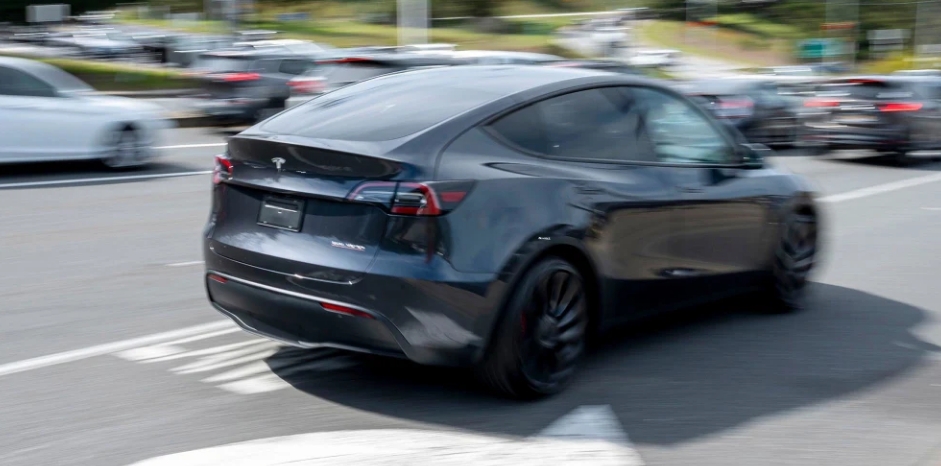
_23f7f7eb1749627884277.png)
